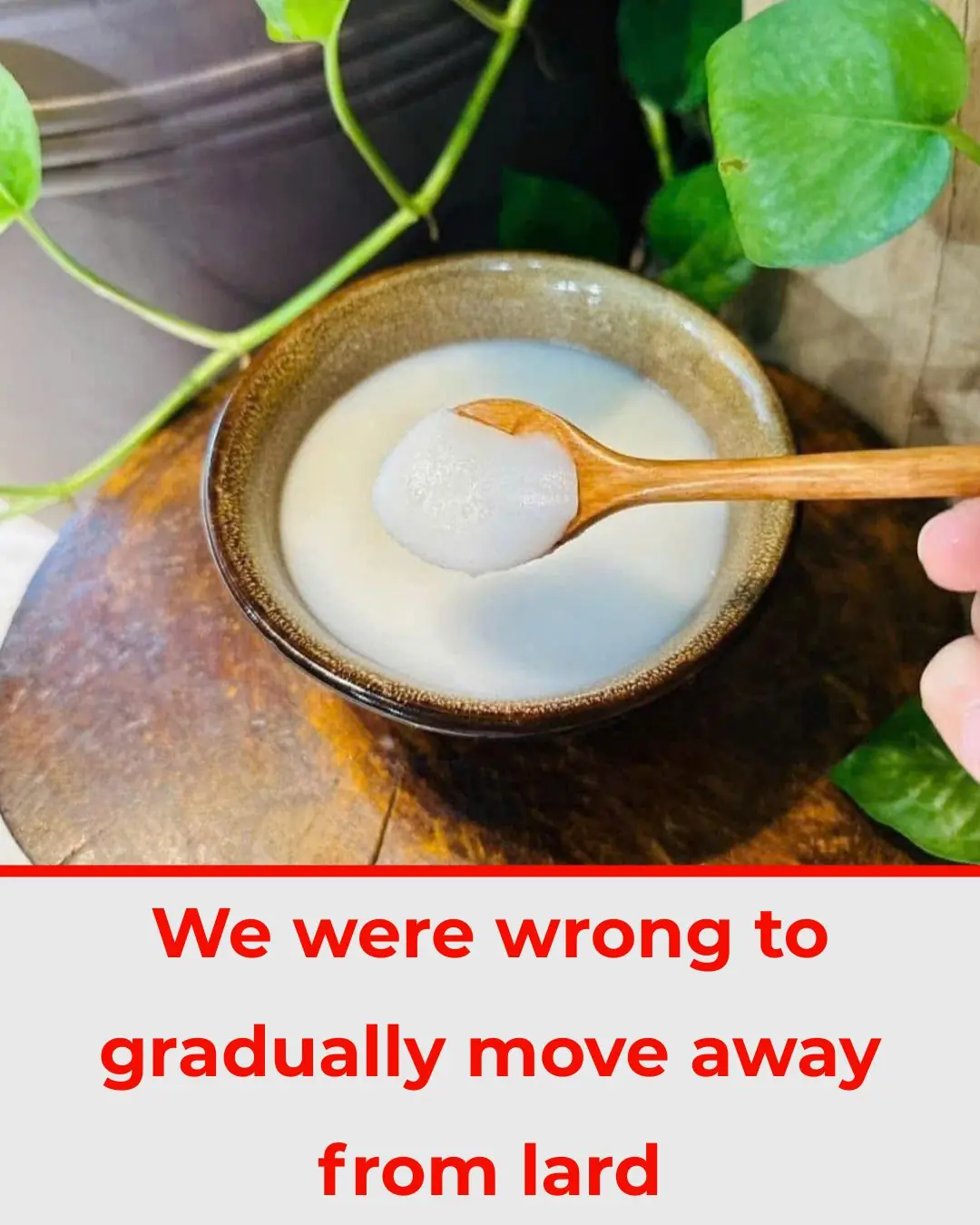
4 Types of Plants Said to Attract Snakes — and What Science Really Says About Safety Around Your Home
In recent years, there have been more reports of people encountering venomous snakes, sometimes with tragic results. Many communities share advice about “snake-attracting” plants that should be removed to protect families. While some of these beliefs come from folk experience rather than lab studies, they often point to a valid principle: dense, moist, shaded vegetation attracts the animals snakes feed on — which in turn attracts the snakes themselves.
According to wildlife specialists, snakes are not drawn to a plant’s scent the way bees are to flowers; instead, they seek cover, humidity, and prey such as frogs, lizards, and rodents (U.S. Fish & Wildlife Service; Florida Fish and Wildlife Conservation Commission).
Still, several commonly mentioned plants can create the kind of damp, sheltered habitat snakes prefer. If these grow close to your house, you may wish to trim or relocate them.
1. Hedyotis diffusa (White Snake-Tongue Grass, “Bạch hoa xà thiệt thảo”)
This small creeping herb grows in moist, shaded soils throughout Southeast Asia. Traditional medicine values it for its anti-inflammatory and detoxifying properties, but folk belief also links it to snake activity.
In truth, the plant itself doesn’t lure snakes chemically — snakes may simply frequent the same moist, shaded edges (ditches, stream banks, garden corners) where this herb thrives. To reduce encounters, keep these areas mowed and free of debris so they stay dry and bright.
2. Plumbago zeylanica (White Leadwort, “Bạch hoa xà” or “đuôi công hoa trắng”)
Another medicinal plant that favors damp, semi-shaded spots. It contains plumbagin, a compound studied for possible antimicrobial and anticancer effects, but its strong odor and dense leaf cover are what folklore associates with snake presence.
Wildlife experts clarify that snakes don’t “smell flowers” the way mammals do — instead they use their tongues to pick up airborne chemical cues from prey or shelter. A lush patch of leadwort provides both moisture and hiding space for frogs and rodents, indirectly bringing snakes closer.
3. Garcinia cowa or wild “purple sandan” fruit (sa nhân tím)
When its sweet fruits ripen, this shrub draws small mammals such as squirrels, porcupines, and field rats — favorite meals for many snakes. As a result, during fruiting season snakes may hunt nearby.
If you live near forest edges or water channels where these trees grow naturally, avoid walking barefoot or clearing brush at dusk, and wear boots and gloves when picking fruit. (CDC global snakebite-prevention guidance).
4. Fragrant flowering vines and herbs (jasmine, telosma, sweet basil, morning glory)
Cultural tradition sometimes blames their scent for “calling snakes.” Scientifically, there’s no evidence that floral fragrance attracts snakes. However, thick ground cover, fertilizer-rich soils, and heavy watering all create cool, humid pockets that appeal to toads and insects — which do attract snakes. Keeping the soil dry between waterings and pruning vines off the ground reduces risk.
Safer gardening practices that actually deter snakes
Experts from the University of Florida IFAS Extension and Utah State University Extension recommend the following habitat-management steps:
-
Keep grass short (below 10 cm / 4 inches) to eliminate hiding cover.
-
Remove clutter such as boards, bricks, and firewood stacked directly on soil — raise firewood at least 12 in (30 cm).
-
Control rodents and insects, which are the real attractants.
-
Seal foundation gaps larger than ¼ inch (6 mm) and install door sweeps.
-
Trim low branches and thick shrubs around the home perimeter to create a clear 0.5–1 m (1.5–3 ft) buffer zone.
-
Avoid over-watering and fix leaks; snakes prefer humid environments.
These measures reduce the shelter and prey that bring snakes into residential areas far more effectively than removing any specific “snake-loving” plant.
In summary
Folk wisdom names plants like bạch hoa xà thiệt thảo, bạch hoa xà, sa nhân tím, or jasmine as “snake-attracting.” In reality, snakes respond to habitat, not perfume. The key is to maintain dry, tidy, well-lit surroundings rather than panic about individual species. With clean yards, sealed structures, and care when working outdoors, your family can enjoy greenery safely.
News in the same category


A Dad Painted His Daughter as Mona Lisa and Her Reaction is Priceless

Former NASA Rocket Scientist Aisha Bowe to Make History as Crew Member on Blue Origin’s First All-Woman Spaceflight

21-Year-Old Yale Juniors Raise $3M in 14 Days for New AI-Powered Social Media App ‘Series’

11-year-old Philanthropist Gives Chicago Some California Love by Raising Over $60,000 for the Windy City’s Homeless

Megan Thee Stallion Brings Queen Latifah to Coachella for Shining Moment of Black Girl Magic

5 Essential Life-Saving Skills Every Child Should Learn Early
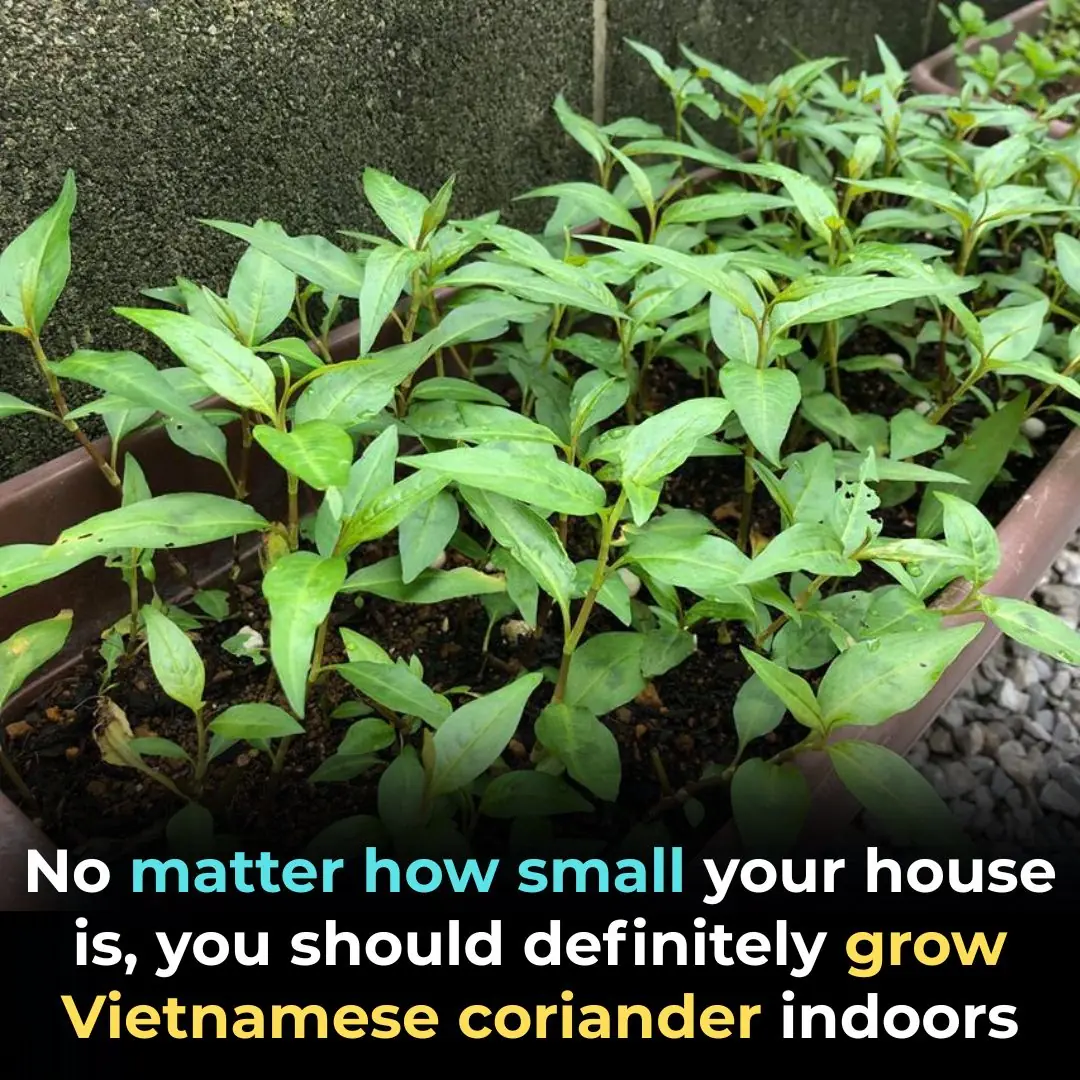
Why Every Home — No Matter How Small — Should Grow Vietnamese Coriander

Don’t Throw Away Coffee Grounds — You’re Tossing Money and Magic!

4 Cancer-Fighting Vegetables Backed by Science: Small Daily Habits for Long-Term Protection
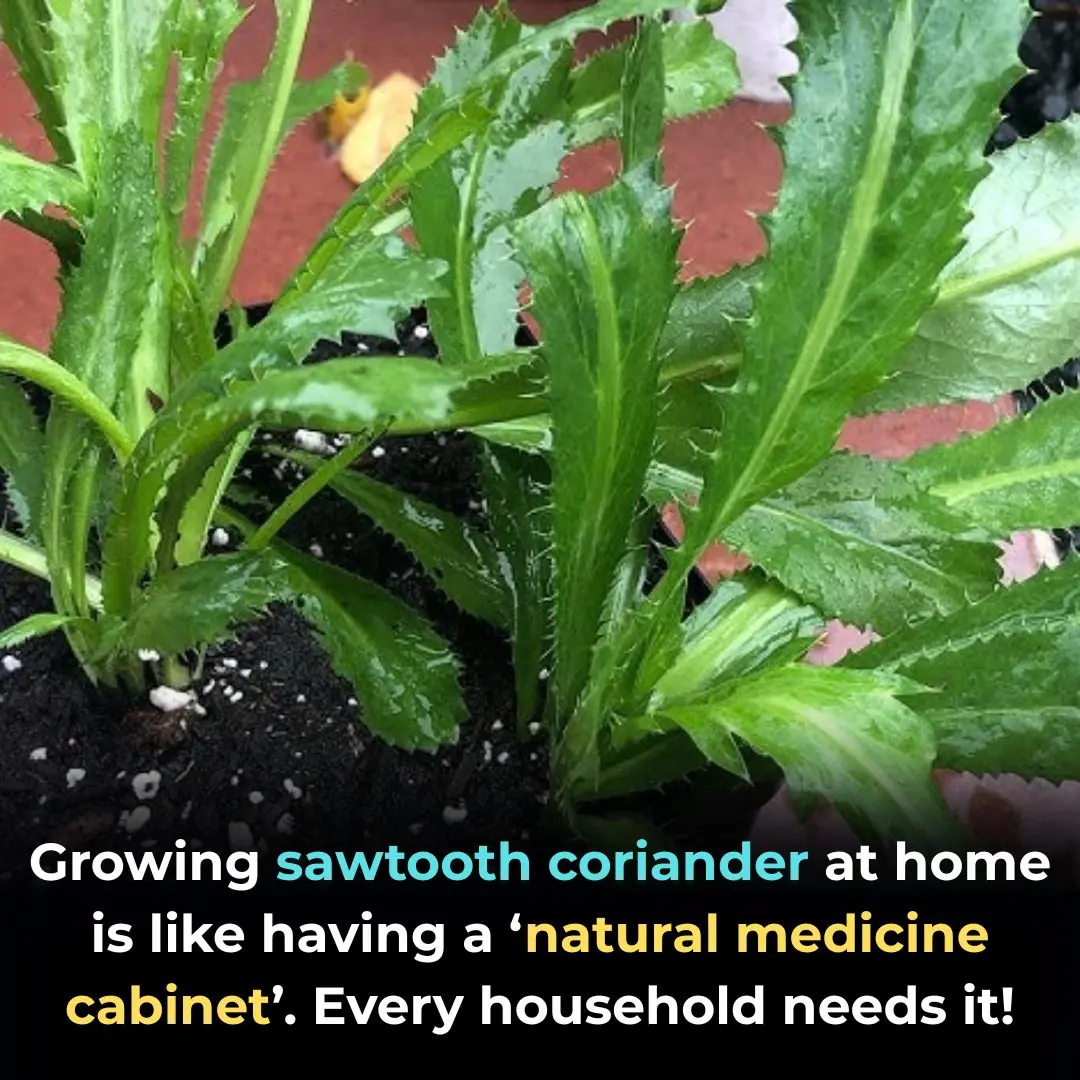
Growing Culantro at Home: A Small Herb with Big Medicinal Power

Everyday Emergencies: Small Tips That Could Save a Life

Don’t just think “beef for blood.” 11 fruit choices that can help your iron status — with science to back it

Published 10:25 15 Oct 2025 GMT+1 Warning issued as YouTuber has phone explode on him for first time ever during insane bend test video

How single drop of toxic metal led to teacher's agonizing death 10 months later

LeBron James Makes History as First Professional Male Athlete to Receive a Barbie

This Dad Did The Sweetest Thing When His Daughter Got Stage Fright During Her Ballet Performance

This Family Bought The Land Their Ancestors Picked Cotton On And Hosted An Unforgettable Holiday Gathering
News Post
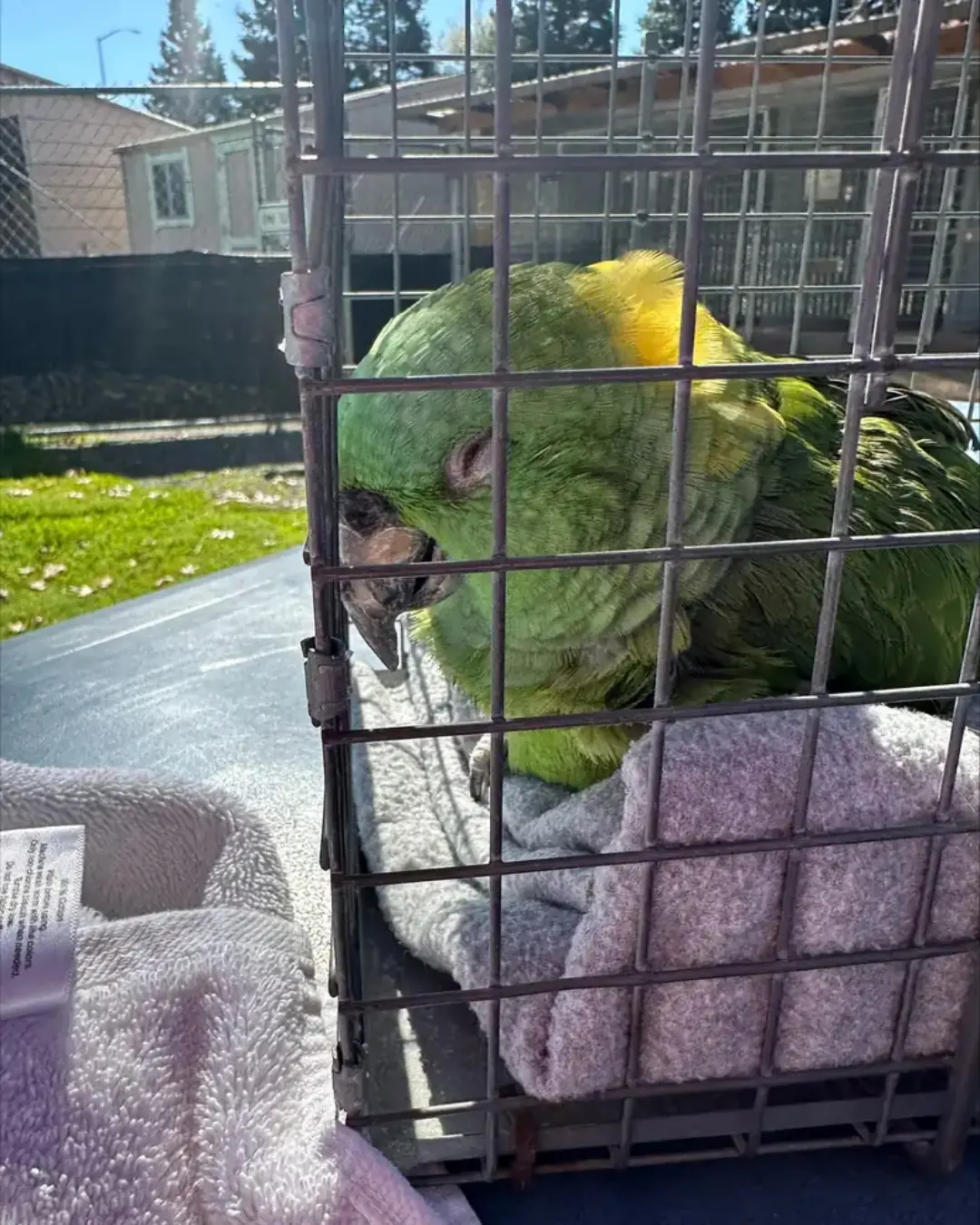
40-Year-Old Parrot Waits Alone for 2 Weeks in Empty Home, Collapses After Finally Being Rescued.

When the Music Became a Goodbye.

The Elephant Who Collected His Own Toll.

Why Drinking Water on an Empty Stomach Is Beneficial

The reason behind children not visiting their parents
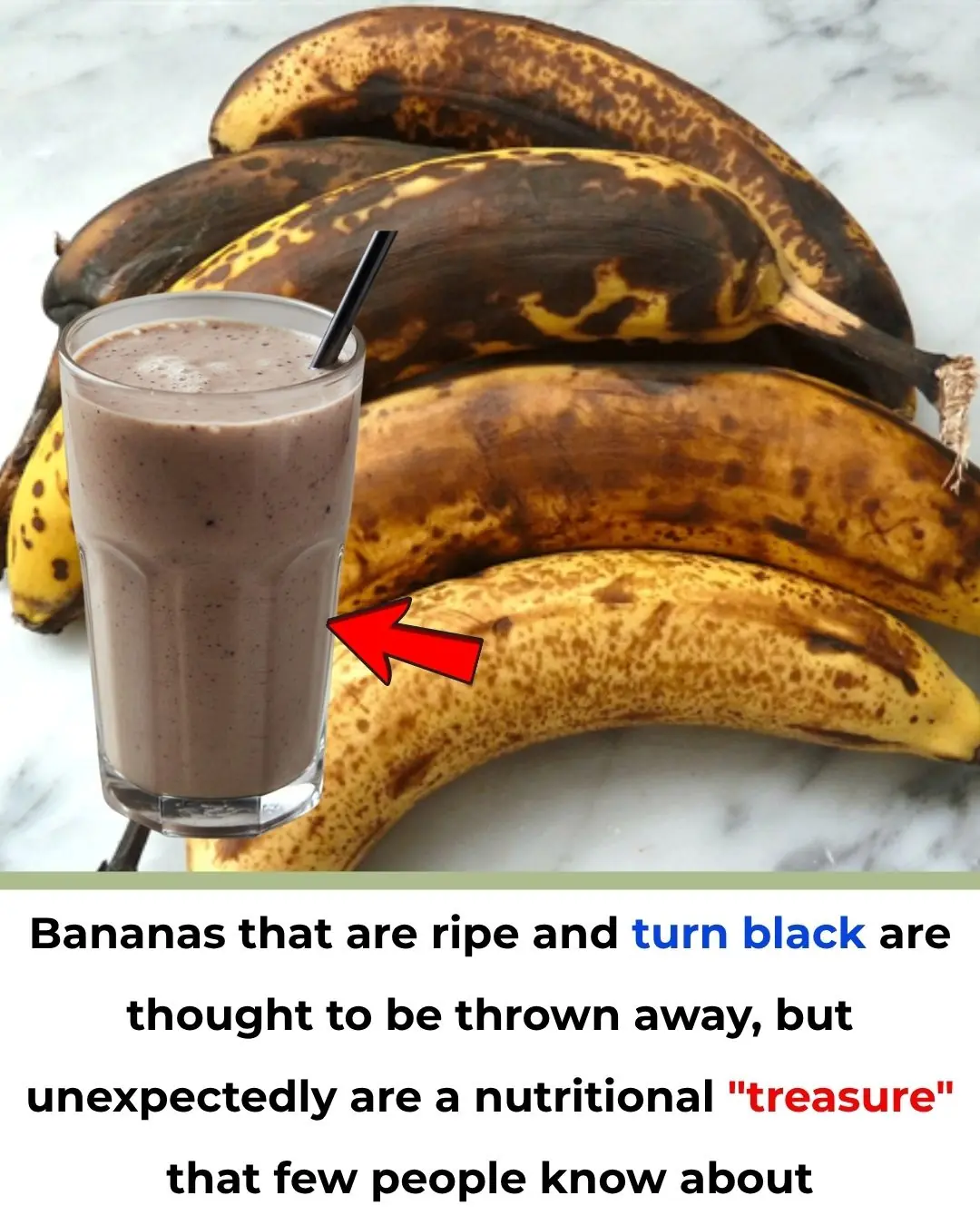
Bananas that are ripe and turn black are thought to be thrown away, but unexpectedly are a nutritional "treasure" that few people know about

Great tips for the bathroom: Disposable masks can 'eliminate' bad odors, making the space surprisingly clean and fragrant

Powerball Winner Turns $2 Billion Fortune Toward Rebuilding Fire-Ravaged L.A. Homes

The Astonishing Claim That Humans Might Be Built for 20,000 Years
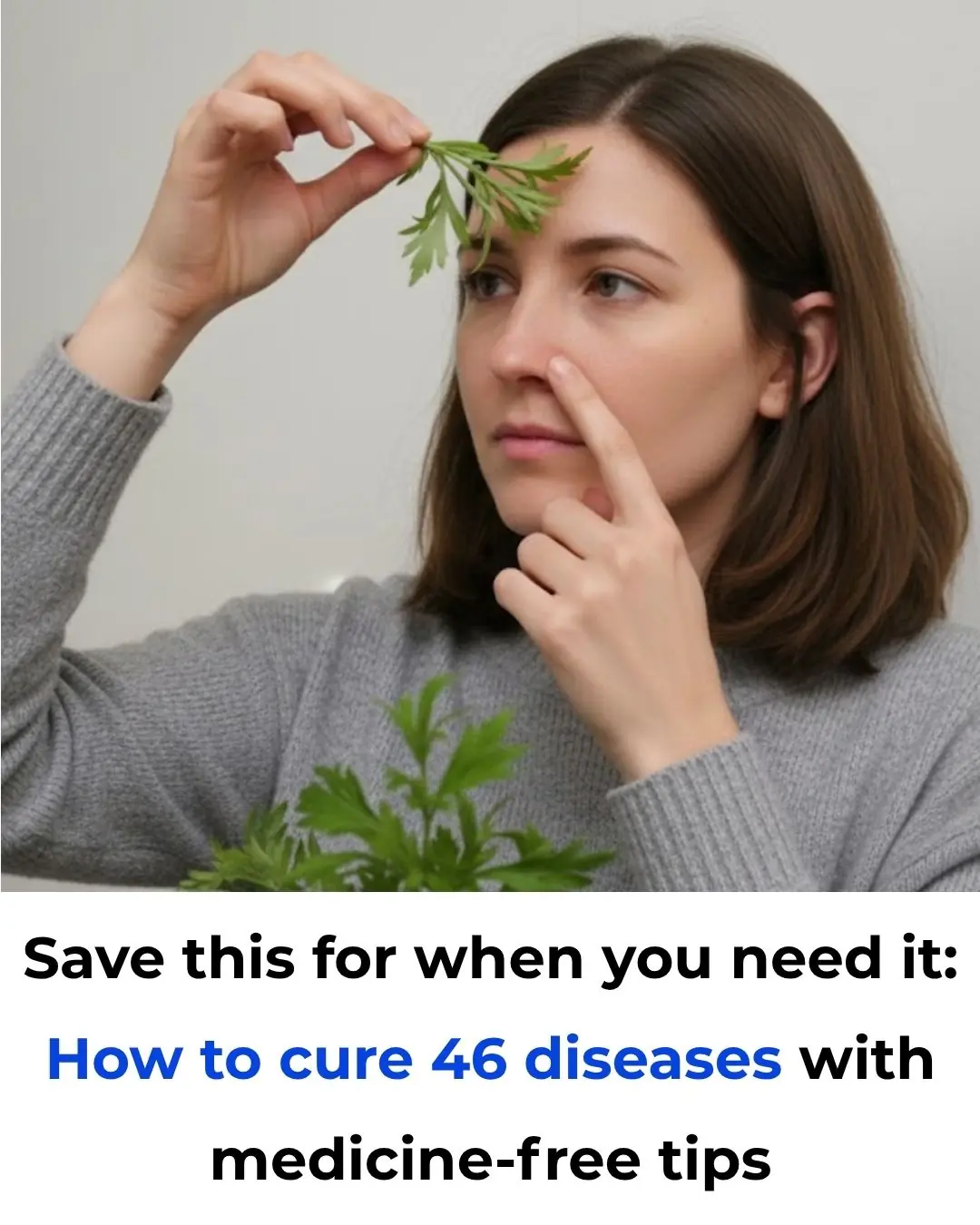
Save this for when you need it: How to cure 46 diseases with medicine-free tips

The Dying Lions of Khartoum: A Cry for Compassion Amid Collapse

The Gentle Embrace: A Baby Elephant’s Heartfelt Hug.

Why do gourmets always choose places with lots of leftover tissues when eating out?

Signs Your Adult Child May Resent How You Raised Them

Full Circle: The Boy Who Saved the Woman Who Once Saved Him.
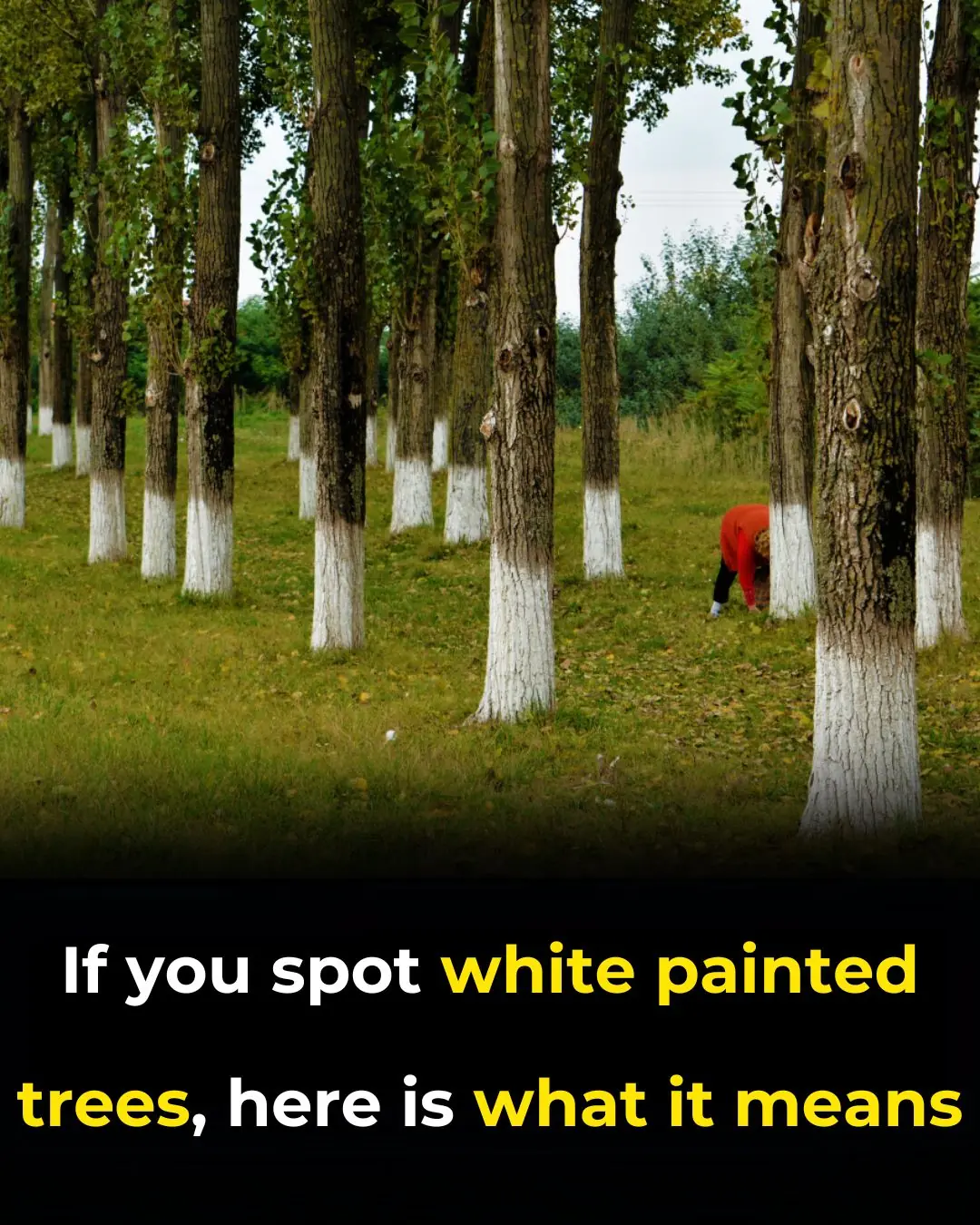
What’s the Reason Behind Painting Trees White?
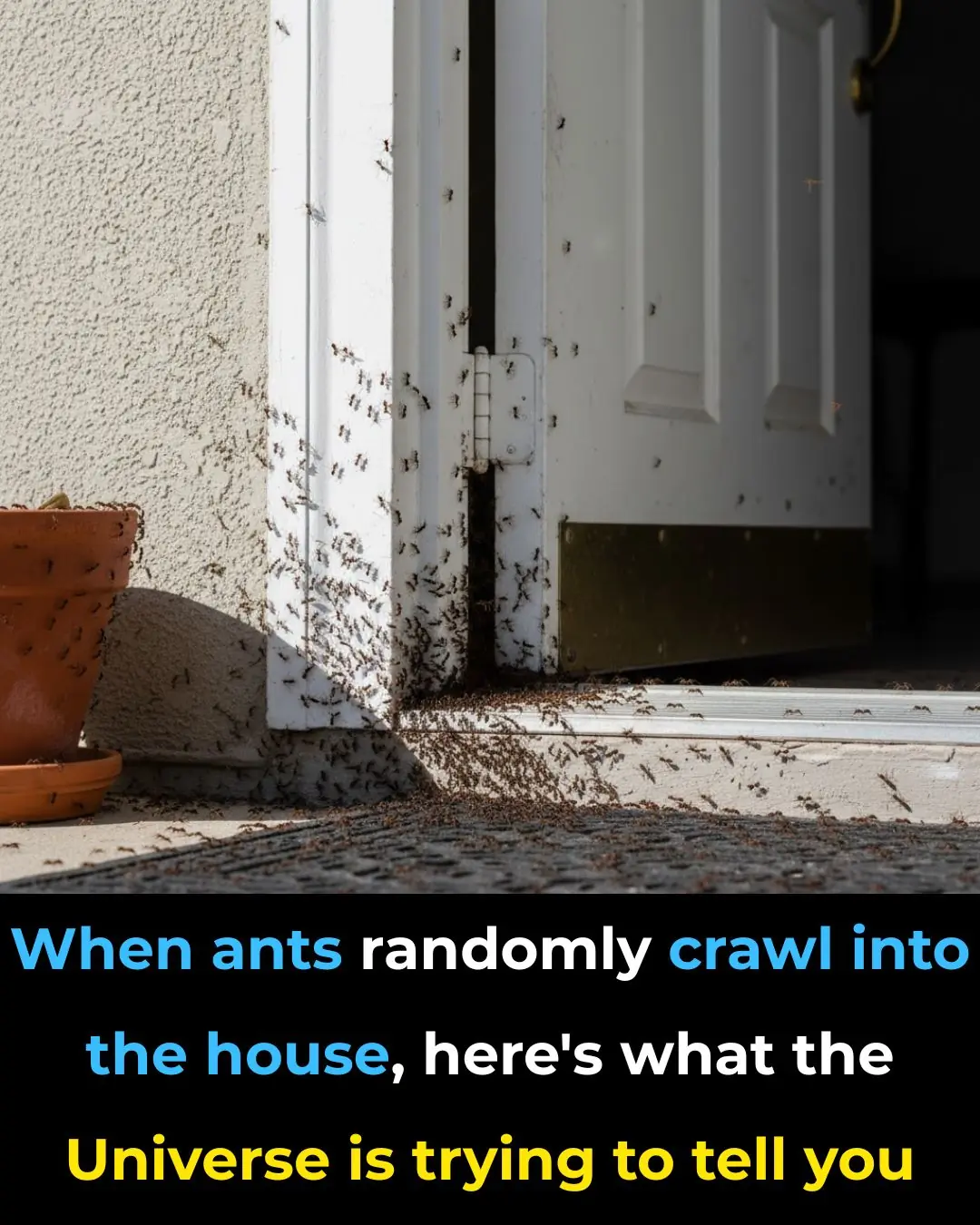
When ants randomly crawl into the house, here's what the Universe is trying to tell you

‘This Is Why They Mad’: Angel Reese’s Runway Debut Triggers Supporters to Clap Back After Trolls Claim Victoria’s Secret Has ‘Lowered Its Standards’
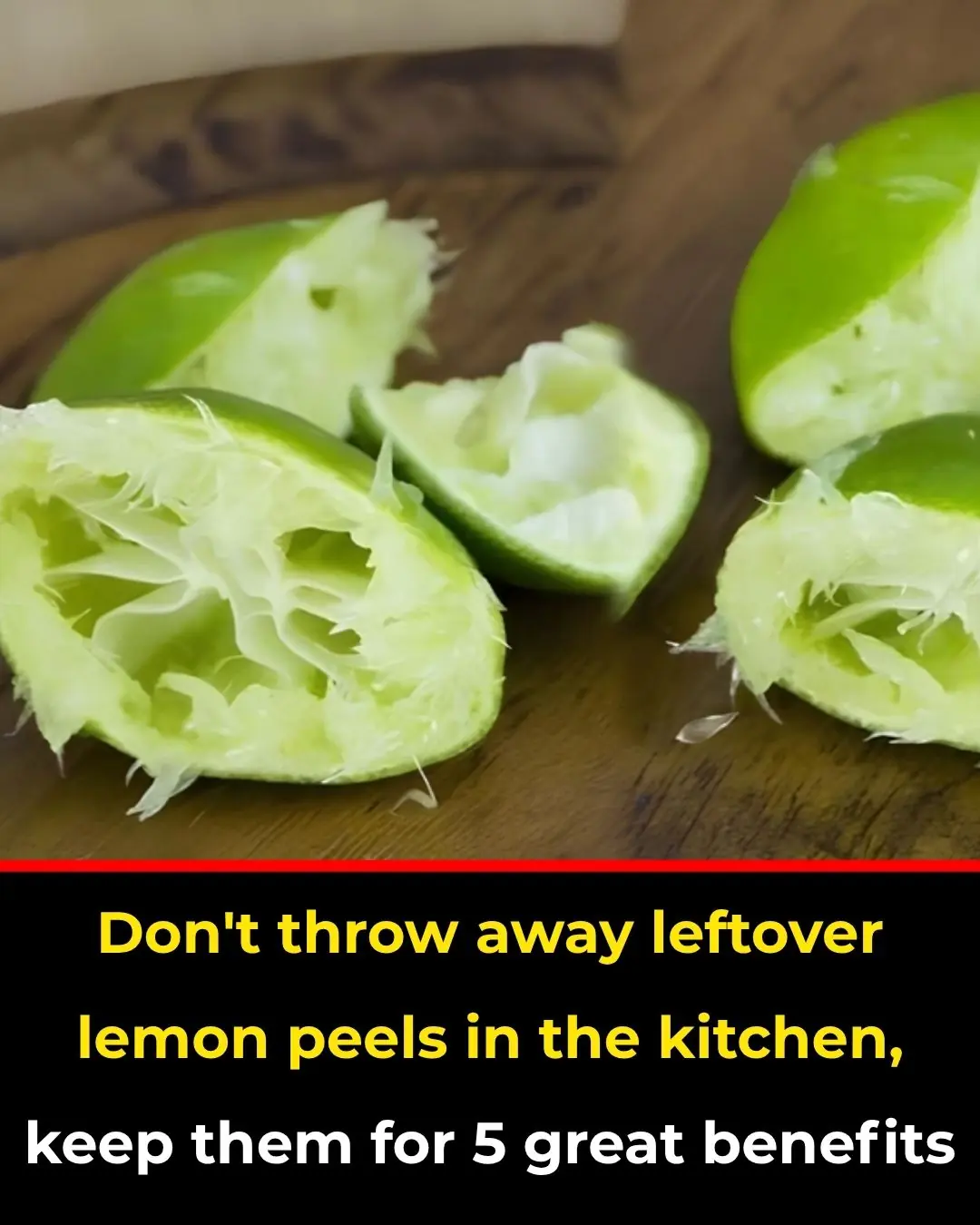
Don't throw away leftover lemon peels in the kitchen, keep them for 5 great benefits
